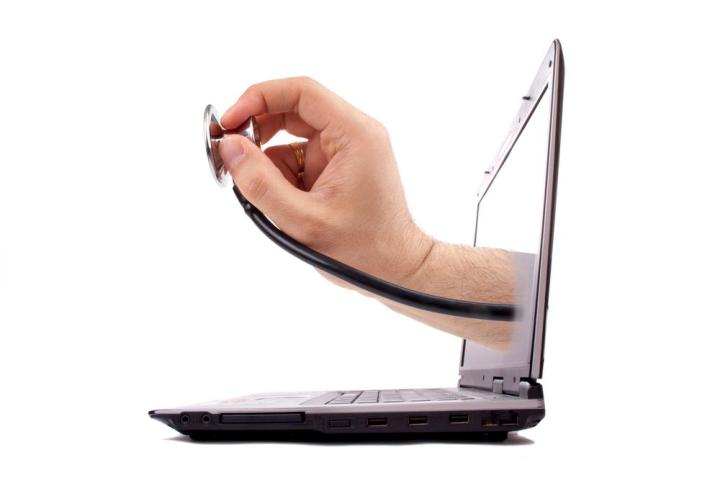
In an interview with CBS News, lead study author Ateev Mehrotra noted, “The public is increasingly interested in using the Internet for self diagnosis, and increasingly they are using symptom checkers. We wanted to know whether the advice they were receiving was useful.” The unfortunate answer, it seems, falls somewhere between “sort of” and “not really.” Despite the fact that most of these symptom checkers are hosted and maintained by hospitals, medical schools, government agencies, and insurance companies — who ostensibly have the expertise to give medical advice — the technology still hasn’t replaced the crucial in-person interaction and examination process that may make for more accurate diagnoses.
In conducting the study, Mehrotra’s team looked at 23 of the top symptom checking sites in four countries — the U.S., the United Kingdom, the Netherlands, and Poland. The sites included Ask MD, iTriage, National Health Service tool from the U.K., and another from the Mayo Clinic. Researchers then created 45 cases for the symptom checkers to parse through, with signs for diseases that ranged from acute liver failure to meningitis to a bee sting. While patients who presented with serious symptoms were told to go the ER immediately around 80 percent of the time, actually figuring out what was really wrong proved more challenging.
An accurate diagnosis was presented as a first choice only around a third of the time, but when the pool was expanded to include the top three, the success rase increased to 51 percent, and to 58 percent when the top 20 potential illnesses were taken into consideration. Though this may seem like an alarming rate of failure, researchers note that the diagnosis may not be as important as the advice these services provide. Said Mehrotra, “If a patient isn’t feeling well, they’re thinking, ‘Is this something I have to take care of right away or can I stay home?’ We do not think distinguishing the exact problem is as important as getting to the hospital right away.”
iMedicalApps founder Dr. Iltifat Husain concurs with this thinking, which is why he continues to recommend these services to his patients. In an interview with NPR, he said, “If used appropriately, these apps can help raise red flags so a patient is more proactive and seeks care in a timely fashion. Nailing the specific diagnosis right away isn’t necessarily as important as nailing down, ‘Do I need a health care provider?'”
Dr. Husain concluded, “Symptoms checkers shouldn’t be for getting that final diagnosis. We spend upwards of seven years in medical school and residency to figure out how to diagnosis effectively and an application isn’t going to replace that.”


